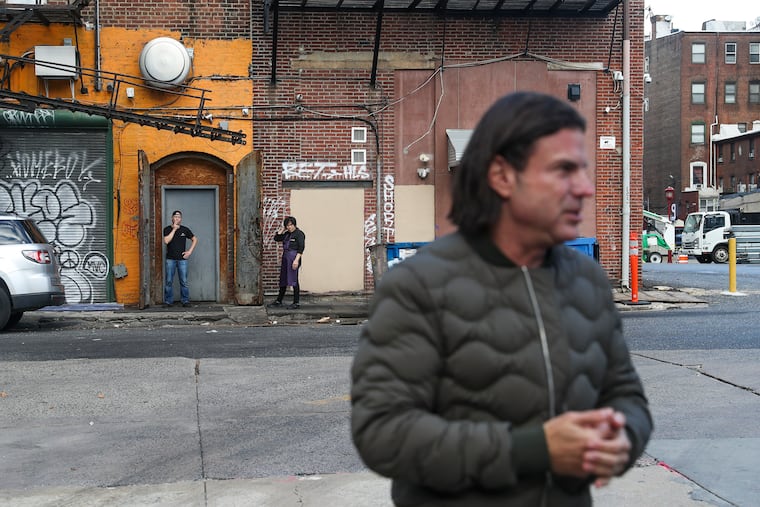Sixers lead tour of proposed 76 Place arena site, share hopes of landing zoning ordinance by June
“Once we have our zoning, we have a project,” said Adelman, the billionaire chief executive officer of Campus Apartments and developer who recently became a Sixers minority owner.
